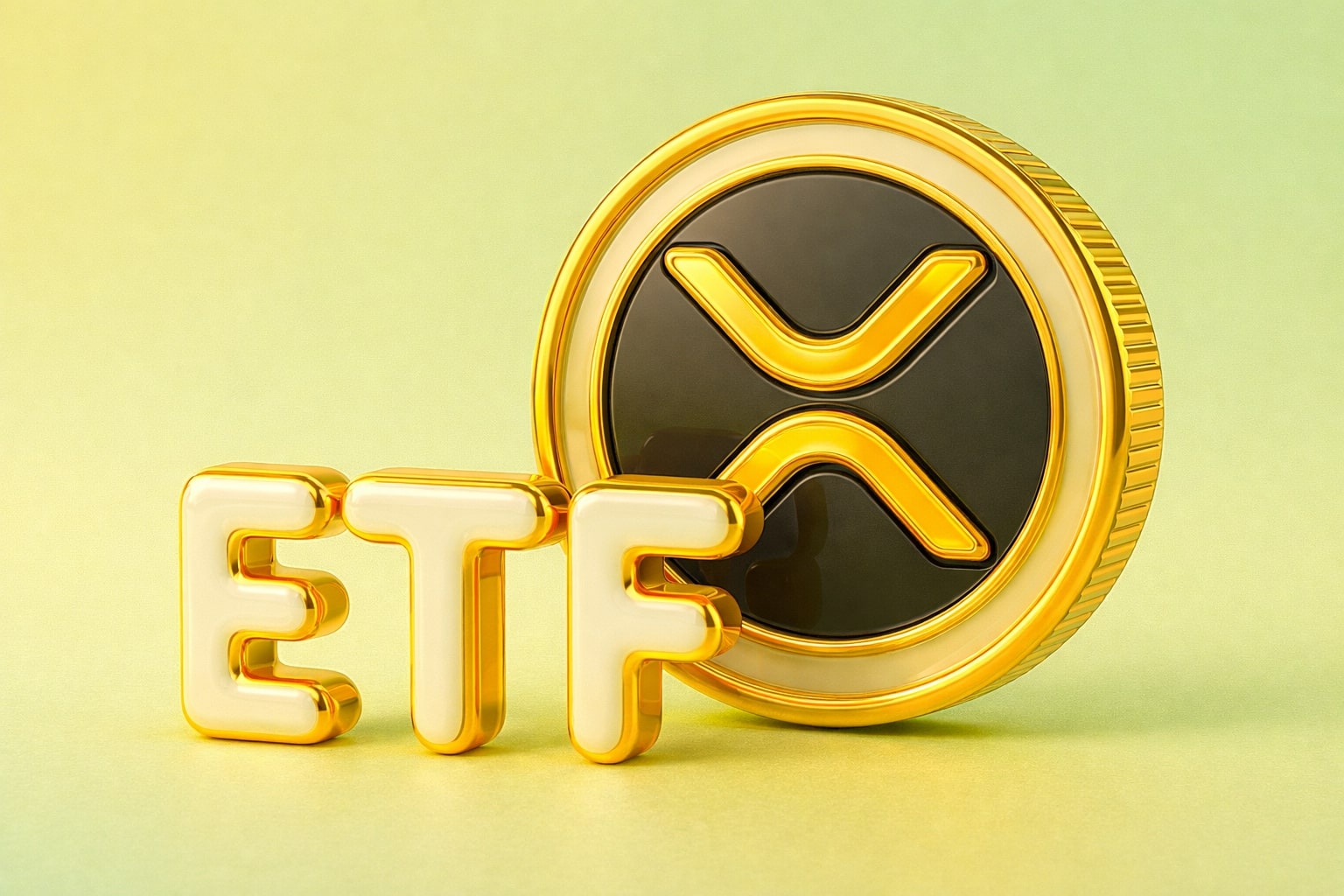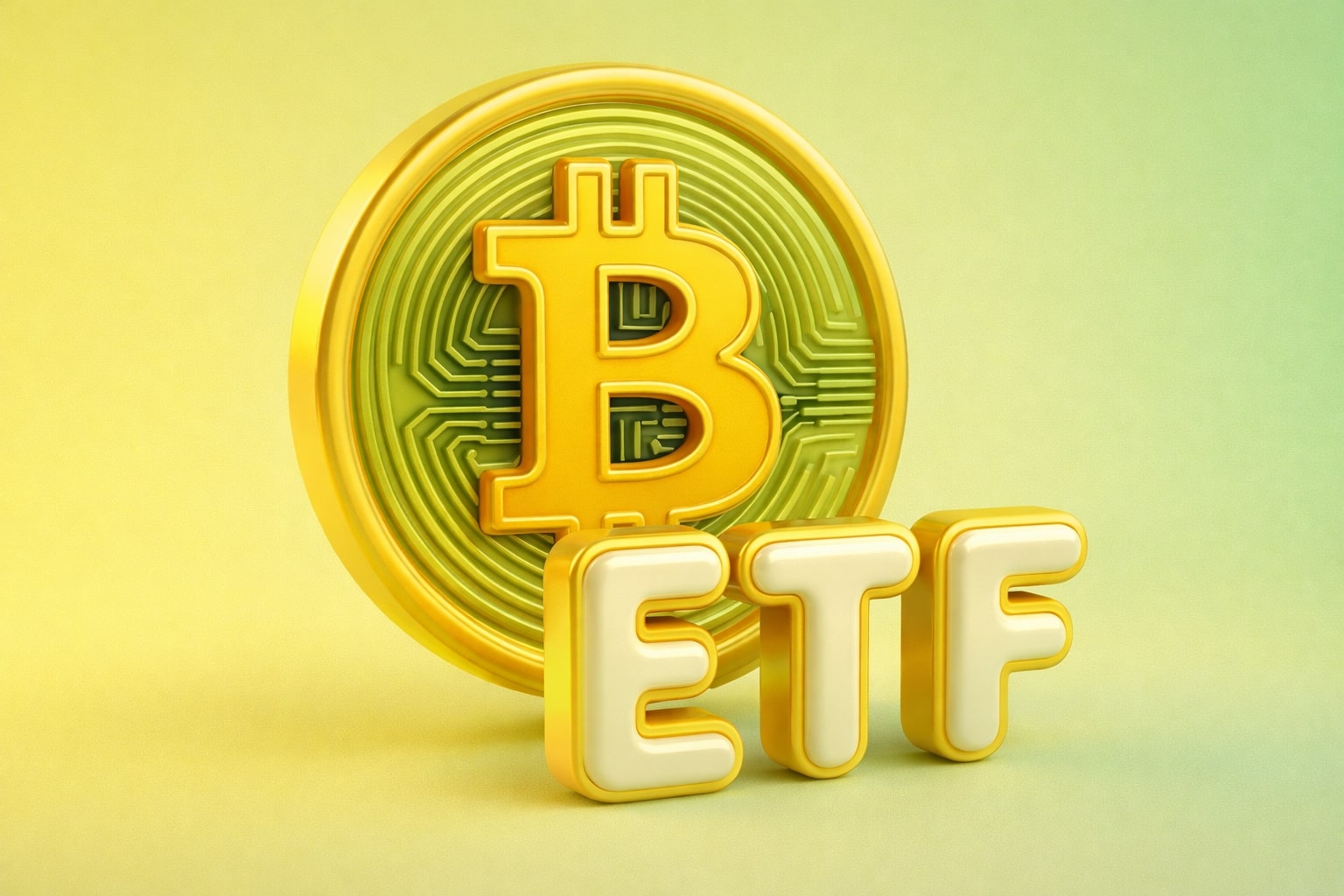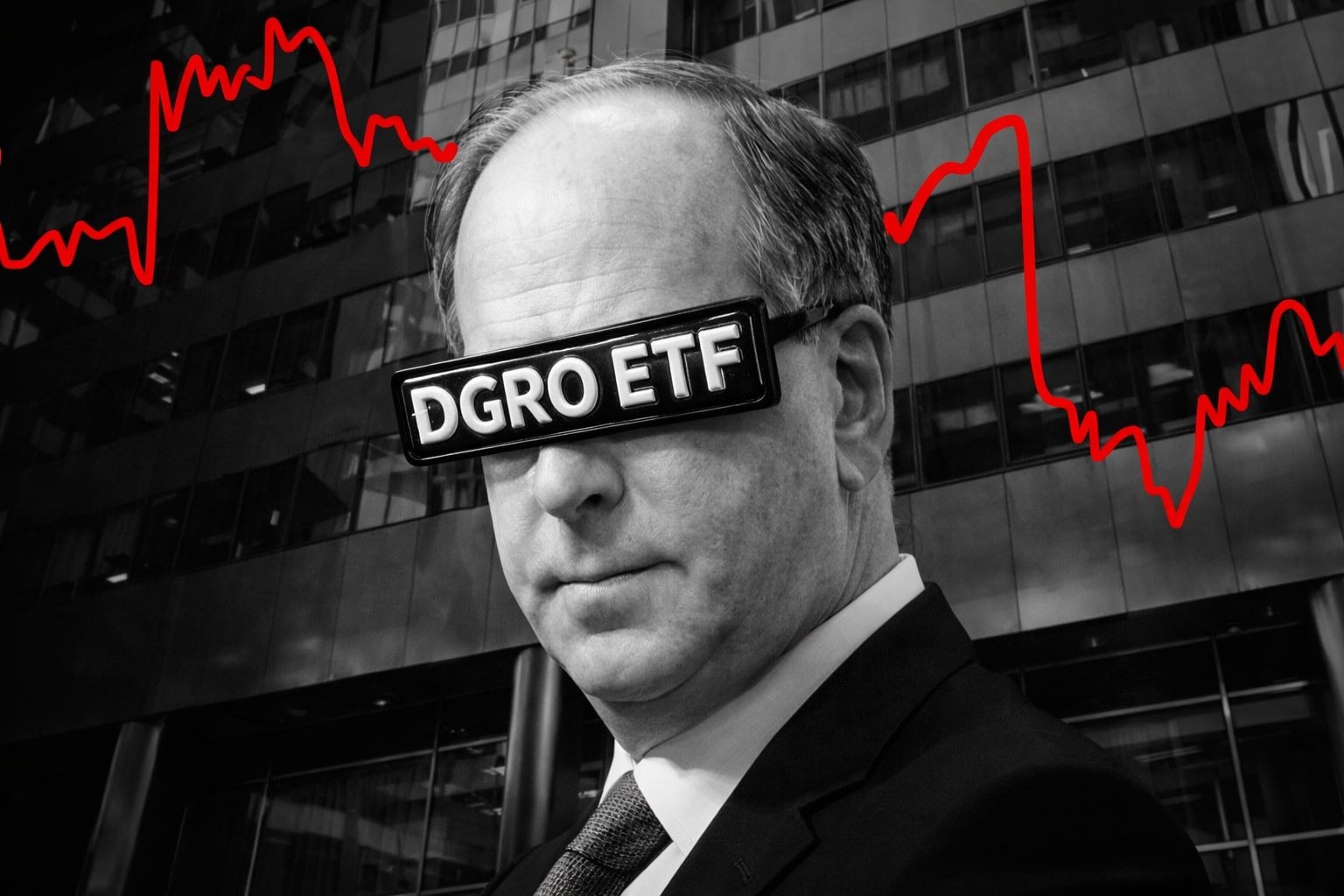Massive Bitcoin ETF Inflows Signal Relentless Institutional Demand for BTC-USD
BlackRock and Fidelity Dominate with Explosive Net Inflows
Bitcoin-linked exchange-traded funds exploded with fresh capital as spot Bitcoin ETFs in the U.S. recorded $388.3 million in net inflows on June 18, marking eight consecutive days of positive flows. This surge pushed the total inflow to $2.4 billion in less than two weeks, despite persistent geopolitical tensions. At the forefront was BlackRock’s iShares Bitcoin Trust (IBIT), which alone absorbed a stunning $278.93 million on that day, pushing its cumulative inflows to $50.95 billion with $71.06 billion in net assets. Fidelity’s Wise Origin Bitcoin Fund (FBTC) followed with $104.38 million in inflows, lifting its total to $11.5 billion.
This exceptional streak not only underscores accelerating institutional appetite for BTC-USD, but also reinforces IBIT’s dominant role, capturing over 70% of the day’s inflows. Even as Grayscale’s GBTC continued bleeding—posting $16.4 million in outflows, and an additional $10.1 million loss from its low-fee Mini Trust—the gravity of investor preference is now squarely on low-fee, high-liquidity ETFs like IBIT and FBTC.
BTC-USD Price Holds Firm Above $104K Despite Global Shocks
Despite the risk-off sentiment triggered by renewed Middle East tensions, BTC-USD remained remarkably stable, trading in a tight range between $104,000–$105,000. As of the latest data, Bitcoin hovers at $104,348, gaining 0.31% in 24 hours, reflecting a resilience not commonly observed during prior geopolitical flashpoints.
Historical pattern data provided by Santiment shows that the current reaction mirrors previous conflicts such as Russia’s Ukraine invasion in 2022 and the Israel-Palestine crisis of 2023, where Bitcoin initially dropped ~7% before rebounding. That same “panic-then-stabilize” trajectory is evident now, bolstered this time by consistent ETF inflows and the absence of follow-through in escalation.
Differentiation Among ETF Issuers Sharpens in Capital Allocation
While BlackRock (IBIT) and Fidelity (FBTC) capture lion’s share of investor allocations, others like Bitwise’s BITB posted $11.32 million in daily net inflow, showing moderate traction. In contrast, ARK Invest, Invesco, Franklin Templeton, Valkyrie, VanEck, and WisdomTree products registered zero inflows on June 18. This divergence marks a critical phase where brand trust, liquidity, and fee structure are clearly dictating flows.
Even as Grayscale’s GBTC bleeds capital—now exceeding $23.2 billion in cumulative outflows—investors continue rotating capital into better-aligned vehicles. The Grayscale Bitcoin Mini Trust, designed as a low-fee alternative, also couldn’t reverse the sentiment, reflecting a broader institutional pivot away from legacy vehicles toward transparent, cost-efficient ETF structures.
Cumulative Capital Surge Since April Sets Aggressive 2025 Trendline
Since April 17, total net inflows into U.S.-based spot Bitcoin ETFs have ballooned to $11.2 billion, during which Bitcoin’s price has risen from below $85,000 to nearly $105,000. With only eight days of outflows during this two-month period, the velocity of capital allocation has been remarkably persistent, especially given the recent macro and geopolitical noise.
IBIT’s $50.6 billion and FBTC’s $11.5 billion cumulative flows anchor the segment, accounting for more than 65% of the total ETF market inflow. These numbers strongly affirm that institutional investors are not just passively participating—they are reallocating at scale.
Ethereum ETFs Shadow Bitcoin's Ascent but Lag in Net Assets
In tandem with Bitcoin’s institutional surge, spot Ethereum ETFs are gaining traction. After a 19-day inflow streak, the trend was interrupted briefly on June 13, but resumed with $19.1 million in inflows on June 18 alone. The iShares Ethereum Trust (ETHA), backed by BlackRock, has now recorded inflows on every trading day except two since May 20, signaling rising investor confidence in ETH-based vehicles as well.
While total net inflows and assets for ETHA still lag behind Bitcoin’s massive numbers, the SEC’s recent clarification that staking is not a securities transaction has given ETH ETFs a structural tailwind. If allowed to integrate staking functionalities, Ethereum-linked ETFs could potentially unlock yield dynamics that attract both institutional allocators and retail income-seekers.
Regulatory Climate Becomes Catalyst Instead of Headwind
Recent collaborative signals from the SEC, especially surrounding staking and product classification, have introduced regulatory clarity that the crypto ETF segment sorely needed. This shift has created a more constructive dialogue between crypto issuers and regulators, enabling innovation and product expansion at a rapid clip.
The long-standing concern that regulatory friction could cap growth potential is beginning to dissolve. With the SEC’s Crypto Task Force adjusting posture and approving ETH-based products, this opens the door for multi-asset crypto ETFs, yield-based products, and even sector-specific indexes, mimicking the structure of traditional equity ETFs.
Institutional Flows Now Dictate BTC-USD Price Stability
What’s more striking than the inflows themselves is the price behavior of BTC-USD during their accumulation. Unlike prior bull runs where retail-driven FOMO fueled sharp rallies and volatility, this time the rise in Bitcoin's valuation has come with measured consistency and institutional pacing.
Over the last week alone, $2.4 billion entered the market through ETFs, and yet BTC-USD moved only within a narrow $1,000 band. That signals maturity—and more importantly—control by capital allocators that are less reactive to noise, more governed by allocation models and macro views.
Buy/Sell/Hold Verdict: Strong Buy on BTC-USD via IBIT and FBTC
Backed by eight straight days of inflows, over $11.2 billion raised since April, and dominance by BlackRock (IBIT) and Fidelity (FBTC) with combined $62.1 billion in assets, the setup for BTC-USD remains unequivocally bullish.
As long as geopolitical tensions remain de-escalated and ETF demand persists, Bitcoin is likely to grind higher through Q3. The combination of inflows, ETF dominance, regulatory clarity, and Ethereum tailwinds makes this a decisive Buy, particularly through the IBIT and FBTC channels. Even in the face of price consolidation, the inflow data makes it clear: institutions are not slowing down—and neither is Bitcoin.


















